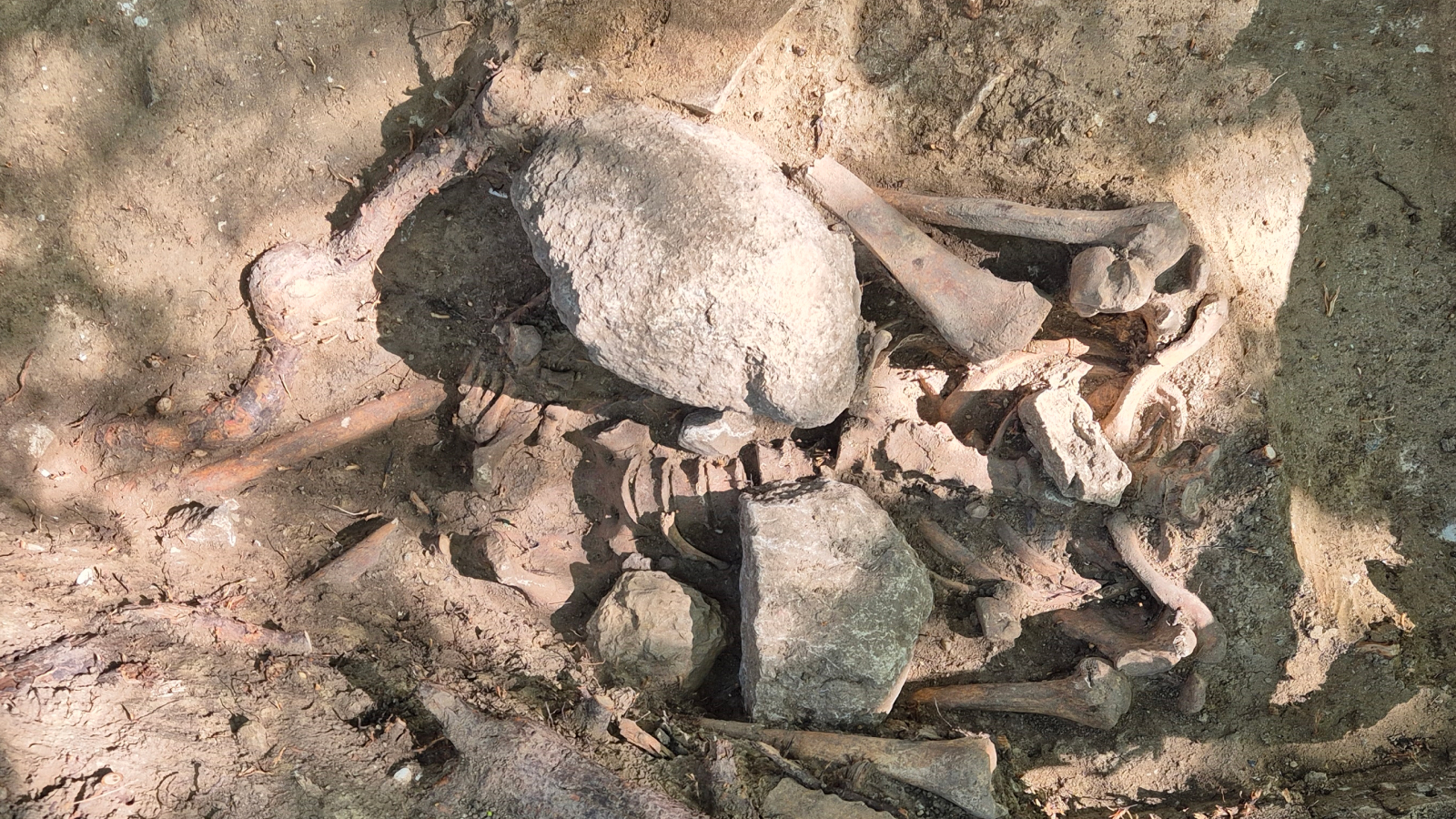Cells, Vol. 12, Pages 872: Stemming Tumoral Growth: A Matter of Grotesque Organogenesis
Cells doi: 10.3390/cells12060872
Authors: Marisa M. Merino Jose A. Garcia-Sanz
The earliest metazoans probably evolved from single-celled organisms which found the colonial system to be a beneficial organization. Over the course of their evolution, these primary colonial organisms increased in size, and division of labour among the cells became a remarkable feature, leading to a higher level of organization: the biological organs. Primitive metazoans were the first organisms in evolution to show organ-type structures, which set the grounds for complex organs to evolve. Throughout evolution, and concomitant with organogenesis, is the appearance of tissue-specific stem cells. Tissue-specific stem cells gave rise to multicellular living systems with distinct organs which perform specific physiological functions. This setting is a constructive role of evolution; however, rebel cells can take over the molecular mechanisms for other purposes: nowadays we know that cancer stem cells, which generate aberrant organ-like structures, are at the top of a hierarchy. Furthermore, cancer stem cells are the root of metastasis, therapy resistance, and relapse. At present, most therapeutic drugs are unable to target cancer stem cells and therefore, treatment becomes a challenging issue. We expect that future research will uncover the mechanistic “forces” driving organ growth, paving the way to the implementation of new strategies to impair human tumorigenesis.

 1 year ago
30
1 year ago
30


